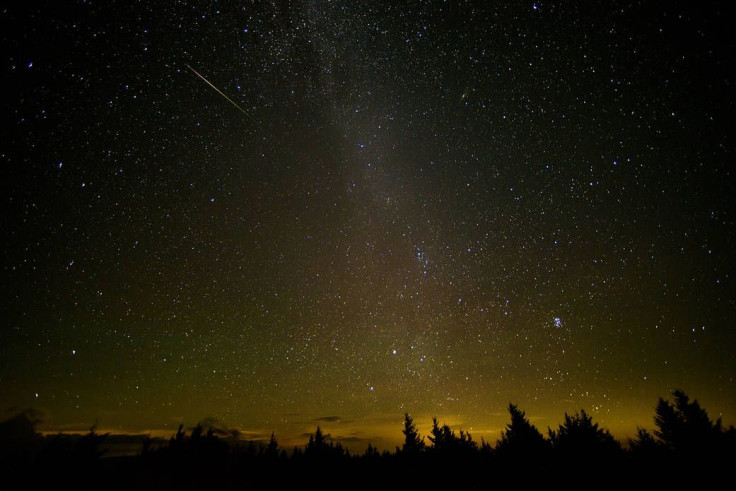Ursids Meteor Shower: When, Where To See Peak

Those looking up at the sky possibly searching for Santa’s sleigh this weekend might just end up seeing some meteors. The Ursid meteor shower will peak on Friday evening heading into Saturday morning for those in the Northern Hemisphere.
The meteor shower will have at most, 10 meteors an hour, so it won’t be the most spectacular show, but will still offer a chance to see some shooting stars.
Luckily, the moon is currently a waxing crescent so it’s not very full and wont be causing too much light pollution. Additionally the moon is rising early in the day so it will only be out for an hour or so at night. So the best time to see the meteors will be to head outside after the sun and the moon have both set and its been dark for a few hours.
The meteors get their name from the point in the sky from which they appear to come from, in this case that’s Ursa Minor more commonly known as the Little Dipper. So anyone heading out to look for the meteor should be able to orient themselves properly to see the meteor fairly easily. While they will appear to come from the Little Dipper, it’s best to take in as much of the sky as possible when looking for shooting stars. They tend to travel across the whole sky so only focusing on one part of the sky could mean missing out. As always viewing from an area with minimal light pollution is recommended.
The Ursids actually come from the comet 8P/Tuttle. When the comet makes its way past Earth every 13.5 years it leaves a trail of debris and dust behind it. This trail is made up of a high density of meteoroids and when the Earth passes through the trail around the same time every year, the meteoroids end up in Earth’s atmosphere. Then as they pass through the atmosphere they burn leaving the bright tail that can be seen from the ground as it streaks across the sky.
This will be the final meteor shower of the year for those in the Northern Hemisphere, the next one won’t be until January when the Quadrantid meteors make an appearance around the first week of the month.
© Copyright IBTimes 2024. All rights reserved.




















